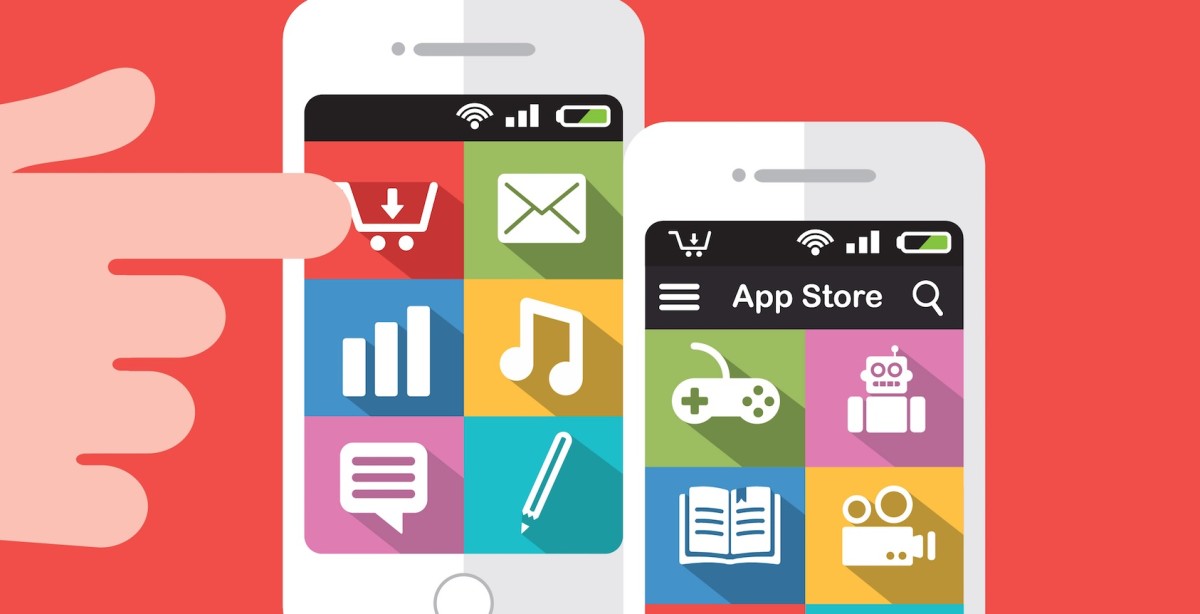Establishing Best Practices Early On, And Maintaining Them
Optimal app operation will require a multi-tiered strategic approach leveraging known best practices with internal management practices that are sustainable. The idea is to get your team into a schedule that you can keep up perpetually. That schedule needs to include technology optimization and transition.
Basically, you’ve got to factor in future breakthroughs. In eighteen months computational ability will double again—according to Moore’s Law. The singularity approaches, but as of 2019, it’s still not here. Sure, IBM built a quantum computer. Certainly, cloud-based design apps are popular, and decentralized computing has begun to take over. But the singularity has yet to transpire.
Until that point, you need to have some sort of scrum strategy that keeps ahead of the market. Say, for example, you’ve got an app which was developed around the time of Apple’s first-generation iPhones. If you kept coding as it was then, the app would be almost beyond functionality today. First-generation iPhones came out over ten years ago. Tech has transitioned massively since.
Optimization, upgrade, updates, and error-correction need to be core to daily app management. Stay on top of it, and this won’t be so difficult. In fact, if you do your job right, it’s possible your team could manage multiple apps, keeping them balanced right on the cutting edge. Following are a best practices you might want to incorporate into management strategy.

1.Error Correction And Notification
It’s important to incorporate advanced error monitoring protocols into app management paradigms. As 2019 progresses, the more advanced, the better. You need to properly log your app’s operation. Whenever it malfunctions, there should be a note made, and it should be addressed as swiftly as possible in priority to other necessary app management needs.
The more advanced and definitive error monitoring solutions are, the better you can maintain your app at peak performance. Sometimes errors are the fault of a new upgrade, sometimes they’re a traffic spike, sometimes external cybercriminal elements are at fault. Whatever the case, you need to have reliable logging frameworks immediately available.
2. Consolidated Log Data
All log data needs to be automatically consolidated in a centralized location all members on your team have access to, and can access simultaneously without bogging down the system. This will require a minimum threshold as pertains to available bandwidth. A good solution many startups employ here is co-opting cloud computing.
Cloud computing makes it possible for smaller businesses to compete with larger ones in terms of technological capability. If you’ve got competing apps on the market run by startups similar to your own, it may be competitively necessary for you to have such a decentralized network framework in operation for app management purposes. Additionally, cloud monitoring solutions for apps are becoming ever more effective.

3. Emphasis On Mobile Expansion, And Security
In 2018, for the first time, mobile internet interface outpaced desktop interface. It’s very unlikely those numbers will reverse any time soon. In all likelihood, mobile options will increase. But “mobile” doesn’t necessarily mean “stationary”. Technically, a thermostat with IoT capability can be used independent of location.
Mobile devices can interact with such “smarthome” tech from wherever they happen to be—provided there’s a web connection. Your startup needs to ensure applications are optimized for mobile utility, and that other avenues in the near future are considered as well. The smarthome market is good-sized and apt to expand as more secure solutions are developed.
On that note, cybercrime is a multi-trillion dollar industry which increases collateral to white-hat tech development. All apps need to be developed with security and backup strategies requisite to the dangers of the market. This is more true in 2019 than it was in 2018, and the expectation is that this state of affairs will continue.
Continuous App Management
Technology is in continuous development, and applications are so prevalent today they might as well be the modern equivalent of a startup’s business card. If you’re going to keep your app sustainable through 2019, and competitively viable beyond, you’ll need to establish reliable best practices now, and maintain them continuously.


